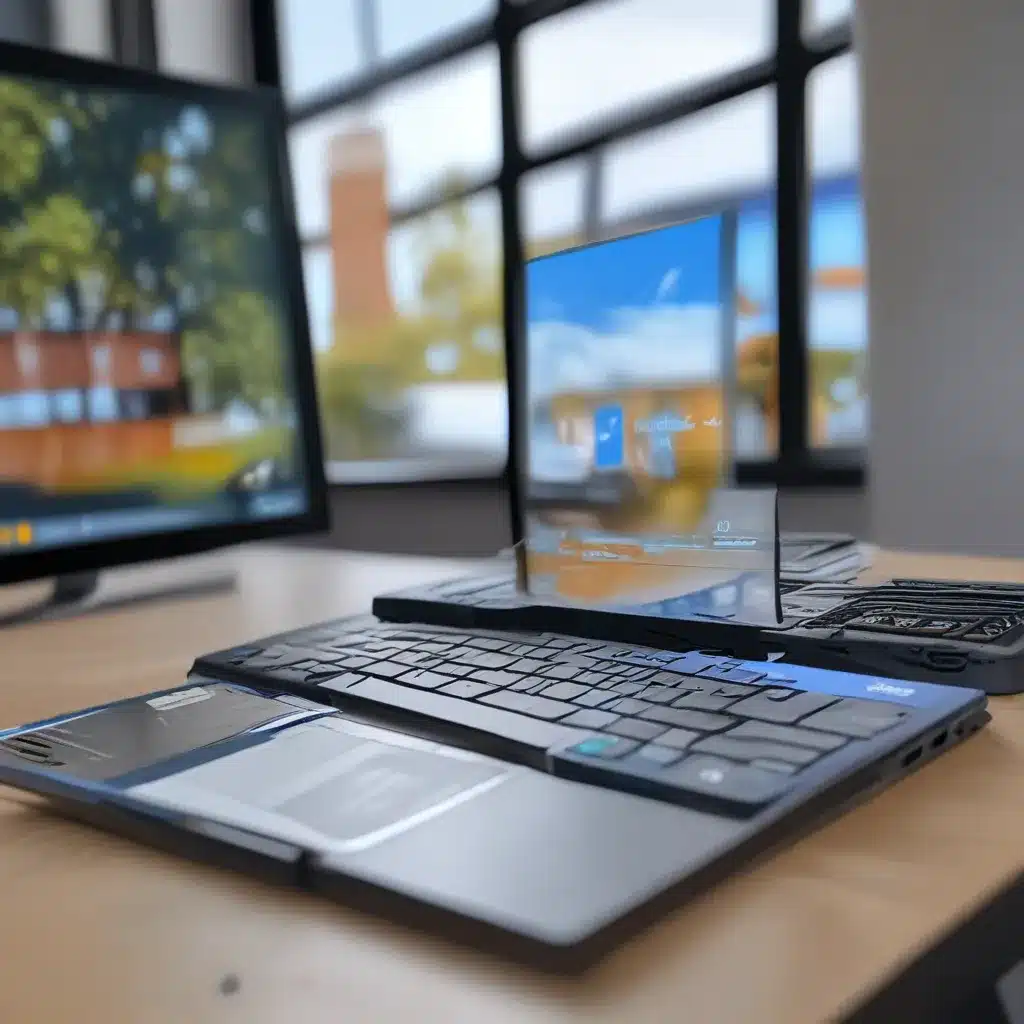
Troubleshooting Windows 11 Installation Problems
Ah, the joys of upgrading to a brand-new operating system – it’s like getting a shiny new toy, except sometimes it decides to throw a tantrum and refuse to work. If you’re one of the many folks out there struggling with Windows 11 installation problems, don’t worry, I’ve got your back.
Unplug and Reboot
The first thing I like to do when faced with a pesky tech issue is to channel my inner tech support grandparent and tell you to “turn it off and on again.” Okay, maybe not quite that bluntly, but you get the idea. Start by unplugging any non-essential hardware like printers, scanners, and external hard drives. If you’re using a laptop, undock it from its docking station too. Then, give your computer a good old-fashioned reboot and see if that clears things up.
Update and Uninstall
Now, let’s make sure your computer is all spick and span and ready for the Windows 11 upgrade. First, head to the itfix.org.uk homepage and use the Windows Update Troubleshooter to fix any lingering issues. While you’re at it, check Device Manager for any devices with a yellow exclamation mark and update the drivers.
It’s also a good idea to get rid of any pesky third-party antivirus or security software. As much as I love a good security measure, these can sometimes cause conflicts during the upgrade process. Just make sure you know how to reinstall them later and have any necessary activation keys handy.
Free Up That Disk Space
One of the most common culprits behind Windows 11 installation troubles is a lack of available disk space. Microsoft recommends at least 16GB of free space for a 32-bit system or 20GB for a 64-bit one. To check your available space, open File Explorer (or Windows Explorer if you’re still rocking Windows 7) and take a look at the drive where you’ll be installing Windows 11.
If your drive is running low, don’t panic! There are plenty of ways to free up some space. Try uninstalling unused programs, deleting old files and downloads, and running the built-in Disk Cleanup utility. You can also try moving some of your larger files to an external hard drive or cloud storage to clear up that precious real estate.
Repair and Restore
Okay, now that your computer is all spruced up and ready to go, let’s tackle those pesky error codes. One of the most common ones is 0xC1900101, which usually indicates a driver issue. The fix? Disable or remove any third-party antivirus or anti-malware programs, disconnect any non-essential peripherals, and contact your hardware vendors for updated drivers.
If you’re still having trouble, it might be time to break out the big guns and get your system files in order. Open up an admin-level Command Prompt and run the following commands:
DISM.exe /Online /Cleanup-image /Restorehealth
This will repair any damaged or missing system files and get your Windows installation back on track. Just remember to restart your device when it’s done.
Upgrade with Confidence
Whew, that was a lot of troubleshooting, but I promise it’ll all be worth it when you’re rocking that shiny new Windows 11 interface. And hey, if you’re still having issues after trying all of these steps, don’t hesitate to reach out to the friendly folks at itfix.org.uk – they’ll be more than happy to lend a hand.
So, what are you waiting for? Go forth and conquer that Windows 11 upgrade with all the confidence of a seasoned tech pro. And if you happen to run into any other weird and wonderful problems along the way, just remember: there’s always a solution, you just have to be willing to get a little creative.












